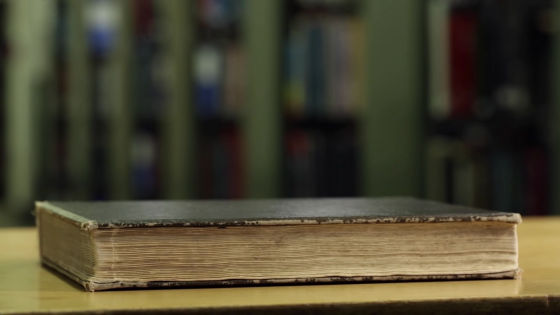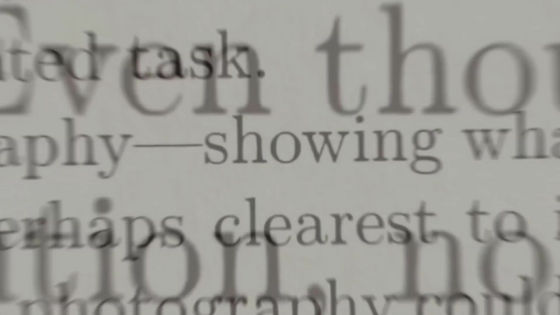MIT developed technology to read contents without opening books

A MIT engineer, on a closed bookTerahertz wave, We developed a fluoroscopic technology to read the contents of up to nine pages without opening the book. The theme of this research is "to make something invisible" and it is thought that if you further refine the technology you will be able to read the contents deeper into the page.
Terahertz time-gated spectral imaging for content extraction through layered structures: Nature Communications
http://www.nature.com/articles/ncomms12665
Can computers read through a book page by page without opening it? | Camera Culture
http://cameraculture.media.mit.edu/can-computers-read-through-closed-books/
Technical ideas to read contents without opening books using terahertz waves are explained in the following movies.
Reading through closed books - YouTube
Ten years ago, researchers at MIT developed technology to see through the letters in the sealed letter using terahertz waves.

"The experiment stimulated me a lot," said Dr. Balmak Heshmatt of MIT Media Lab. Dr. Heshmatt thought that he could further read the characters deep down the page.

There seems to be no study on how deeply a closed book can be seen.

To read characters from multiple pages of a closed book, you need to take four steps. The first step is to allow electromagnetic waves to pass through the book.

The second step is to detect a small time difference called "time resolution", which occurs when electromagnetic waves are reflected on different pages.

Femto-photographyWe shoot an object with the frequency of 1 trillion sec- ond by the ultra high-speed shooting technology called so.

Thanks to this time resolution technology, it is possible to identify a very thin sheet of one page.

When electromagnetic waves pass through paper, they reflect on each page. Technical idea of "perspective" to distinguish pages by comparing noise from this reflected wave.

In the third step, distinguish between letters and paper.

Taking into consideration that there is a different absorption rate for each ink, distinguish between paper and letter parts by capturing the spectrum.

The fourth step is to identify overlapping letters. If there is ink overlap between the previous and next pages, it is necessary to remove the character information of another page and fix the character.

Through these four steps you will be able to read the letters on that page.

According to Dr. Heshmatt, he has already succeeded in reading character information for nine pages on a page-by-page basis. Dr. Heshmat thinks that if you reduce the noise rate, you will be able to see further into the page deeply.

Dr. Heshmat's research team used a terahertz wave whose frequency is from 100 GHz to 3 THz to use a camera capable of sampling optical pulses at an ultrahigh speed of 1 trillion frames per second that has a time resolution 20 times higher than the conventional technology, He said he realized spatial resolution of 30 micrometers. In addition, by developing a unique algorithm for imaging characters from the read reflected waves and noise, we have successfully read up to 9 pages of character information without opening the book.

If you use this page perspective technology you will be able to read the contents of an old precious literature that can not be opened because of the risk of damage without opening the book and without destroying it.

Related Posts:







